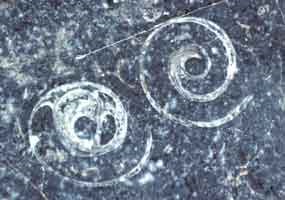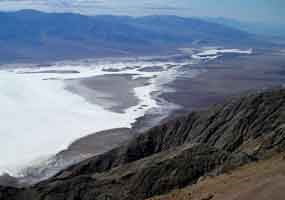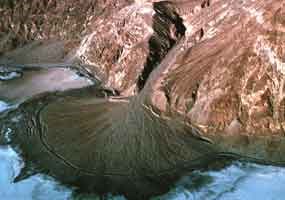|
Death Valley National Park showcases the subtle beauty and uniqueness of desert environments. What events conspired to create Death Valley? Why is the landscape so varied and so extreme? Badwater Basin contains the lowest point in North America, at 282 feet below sea level, yet it lies in the afternoon shadow of 11,049 foot Telescope Peak. This rugged topography, as well as sand dunes, craters, and flood-carved canyons, indicate that Death Valley has experienced a lengthy and complex geologic history. 
Ancient Seas Warped Mountains Traveling Volcanoes 
Basin and Range 
Erosion and Deposition Lost Lakes Yesterday's Volcano Shape of the Future |
Last updated: January 9, 2022
